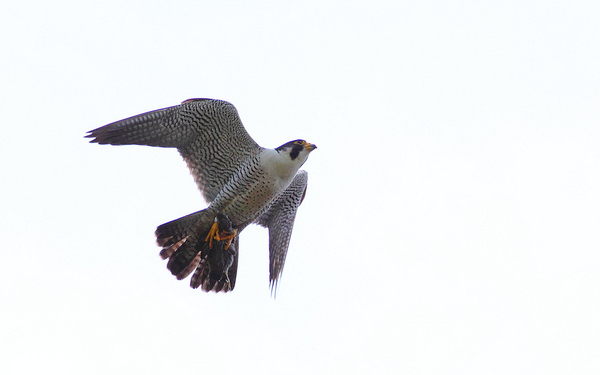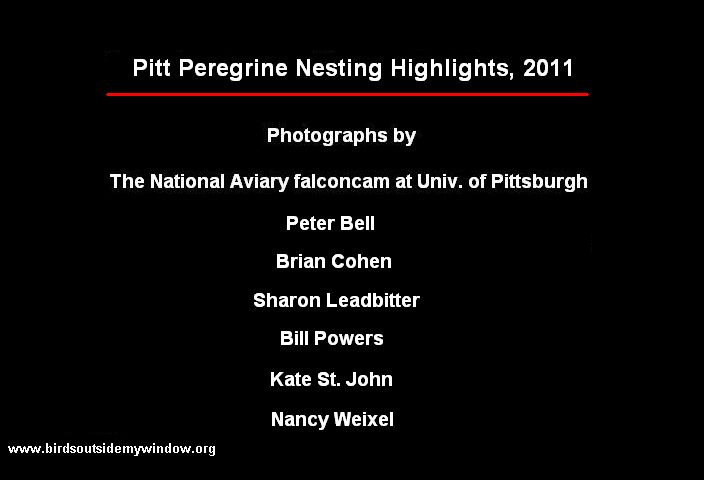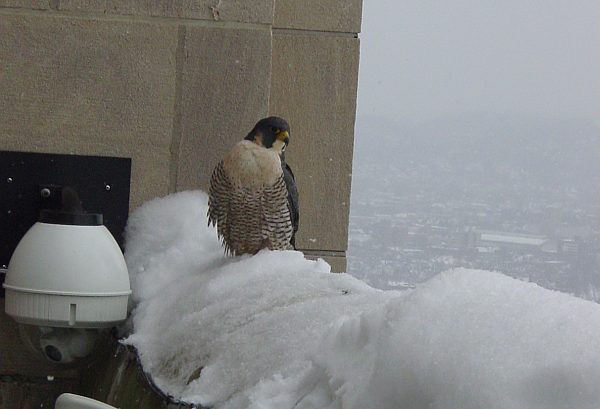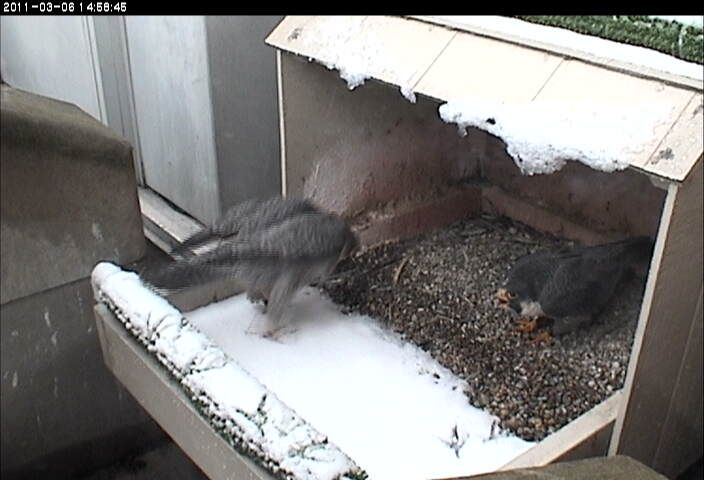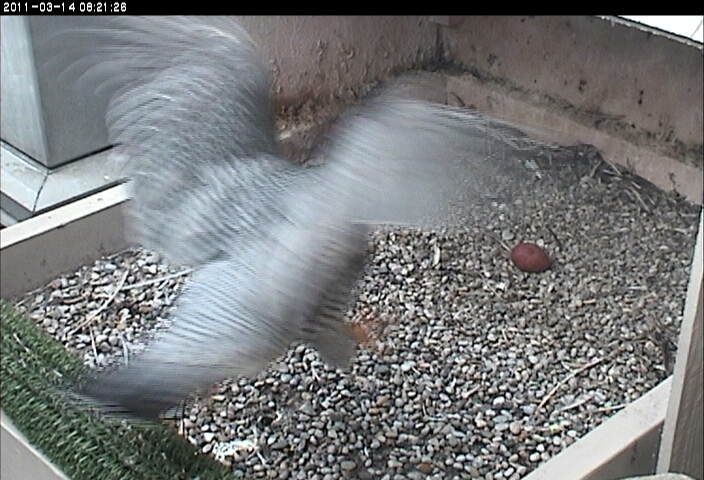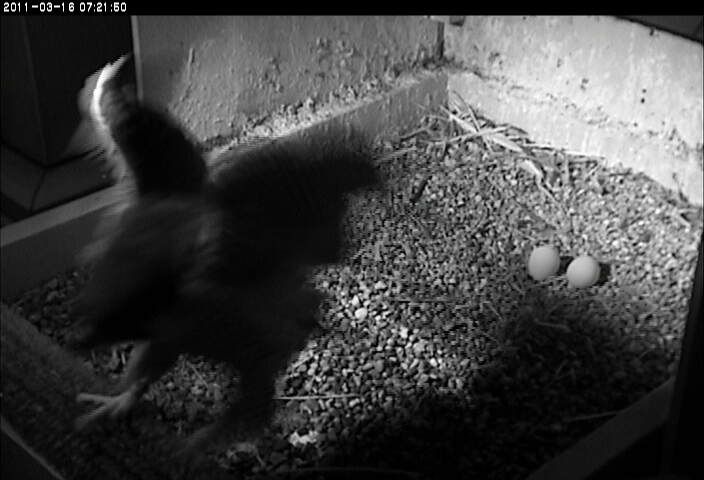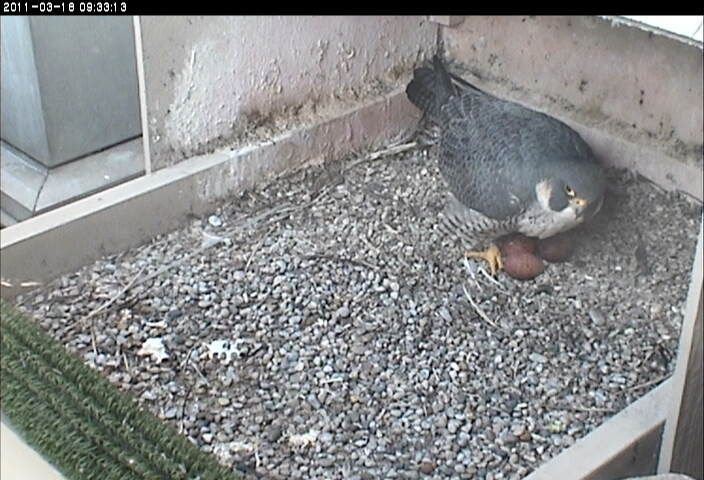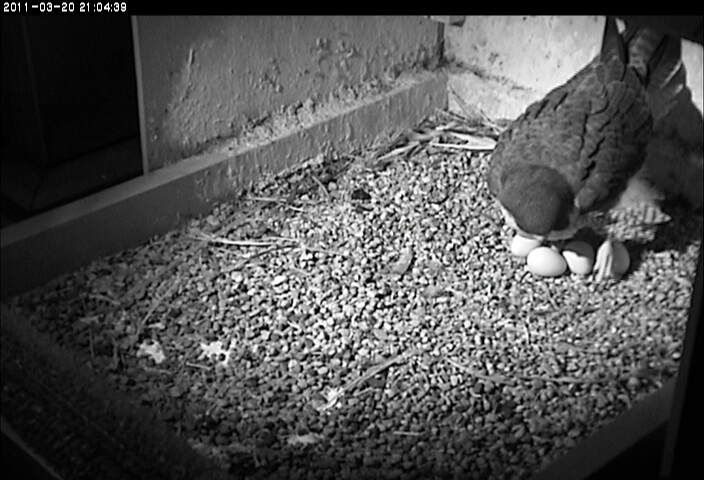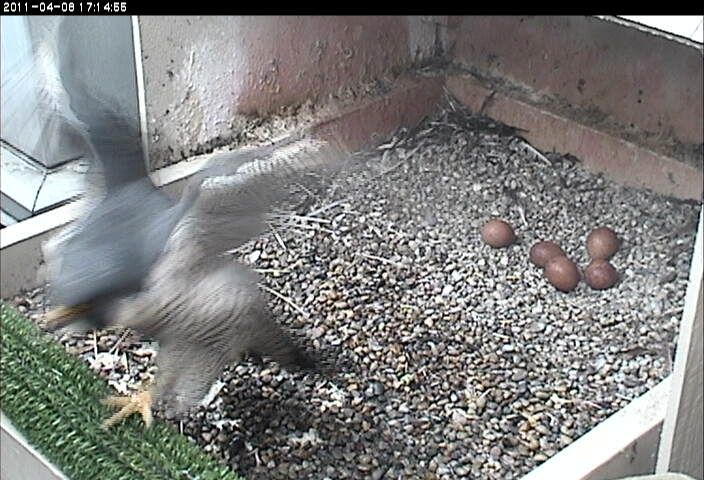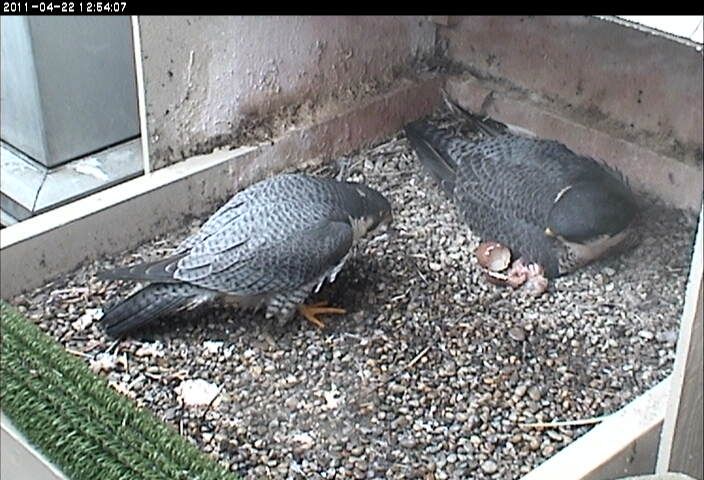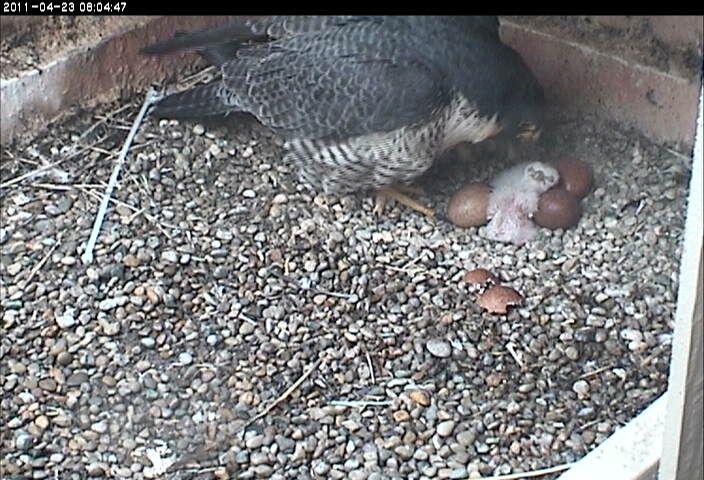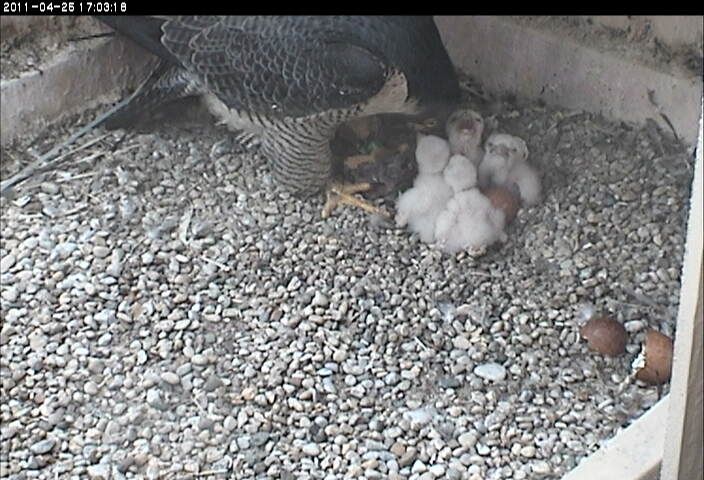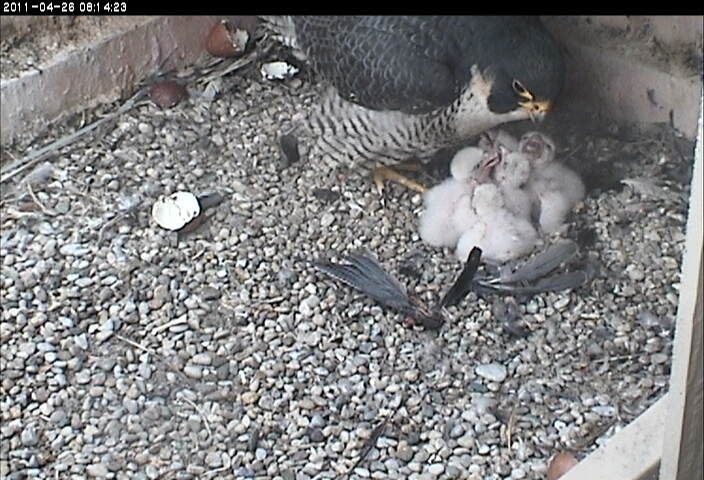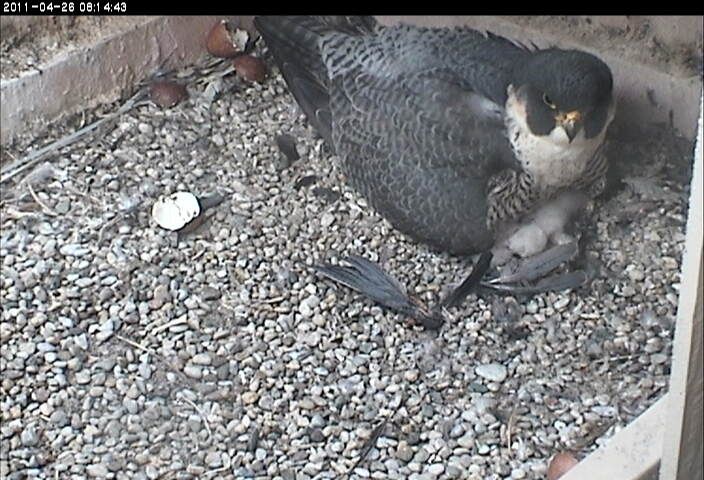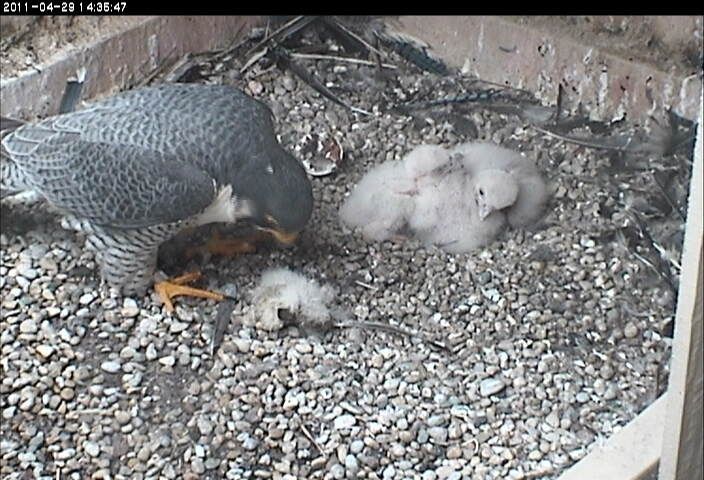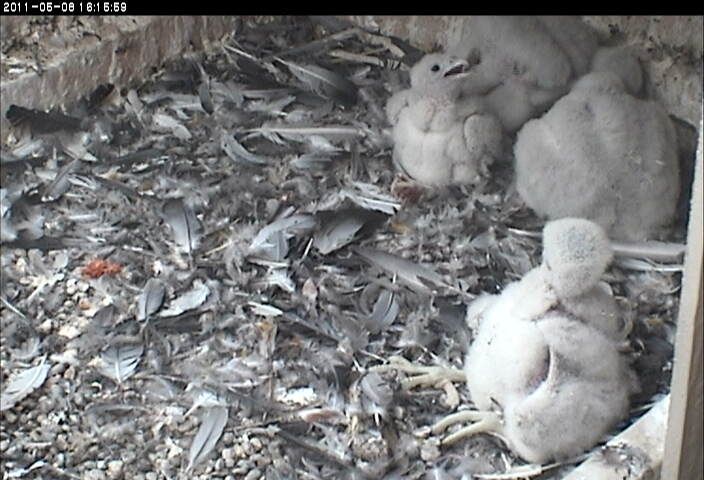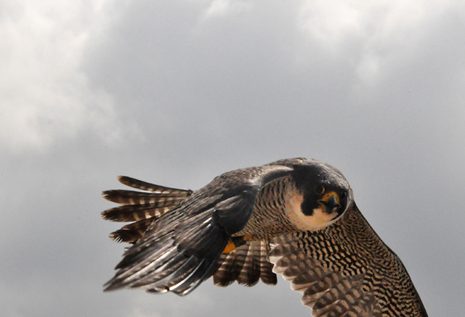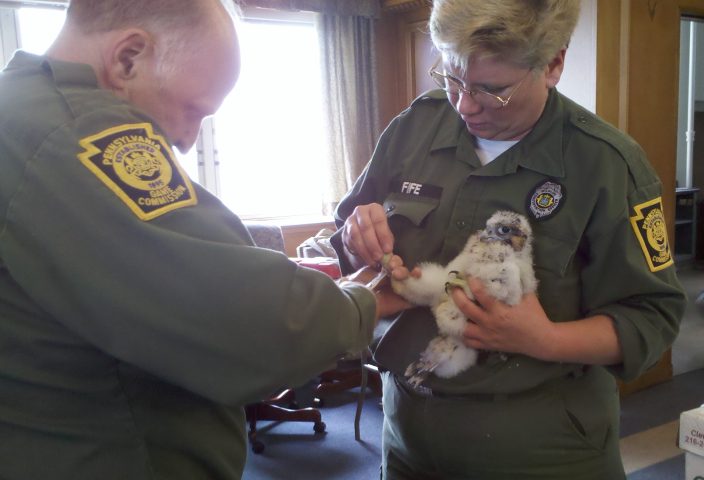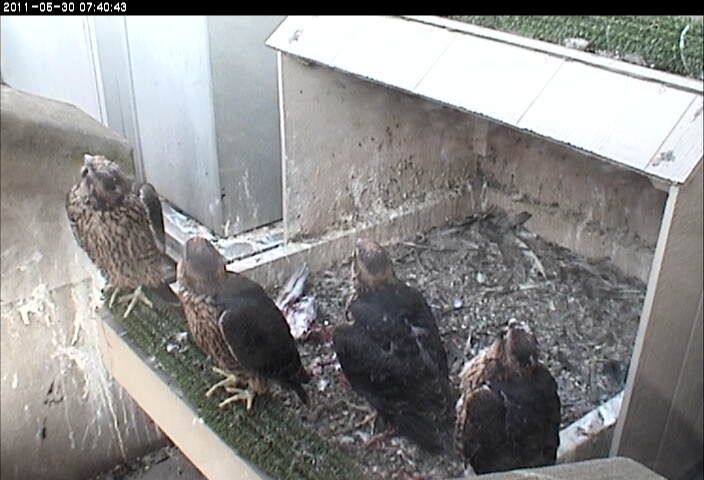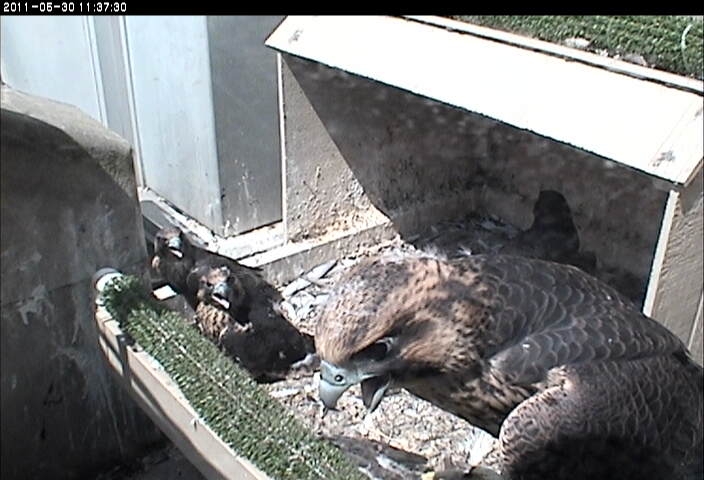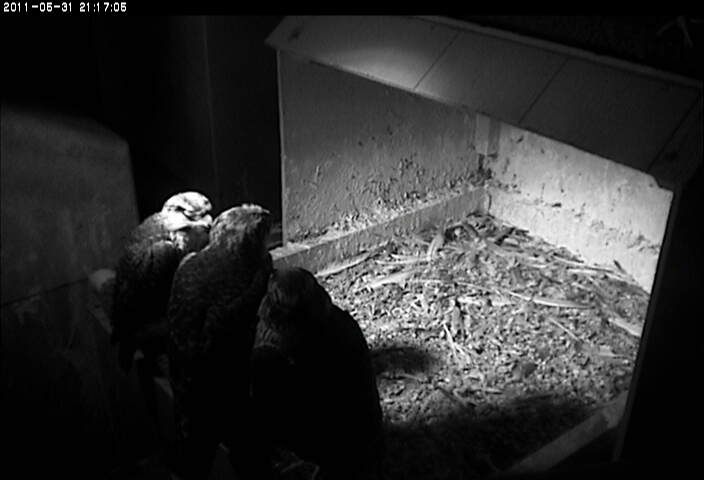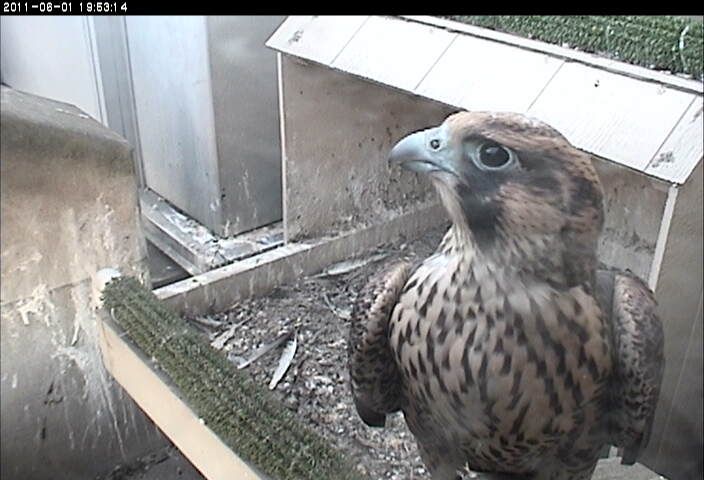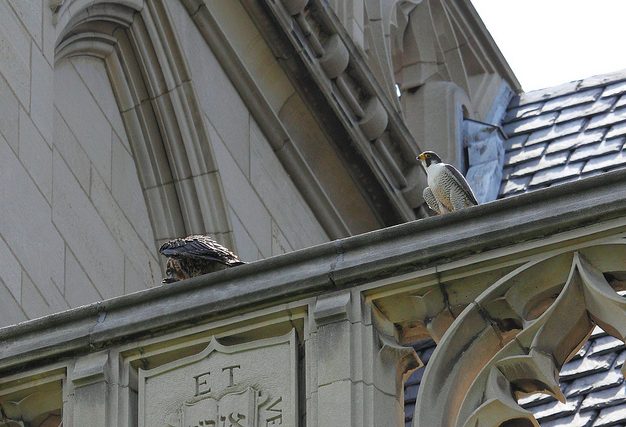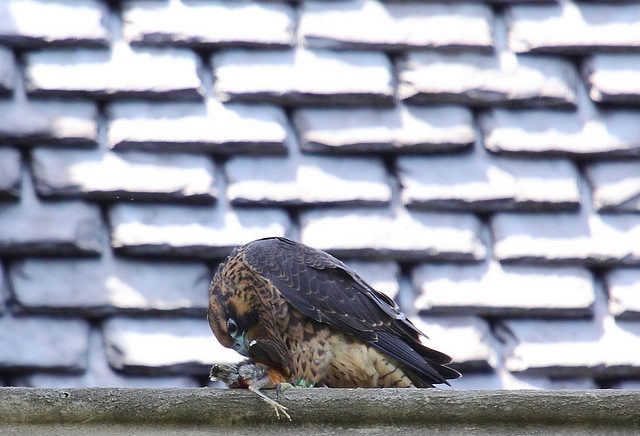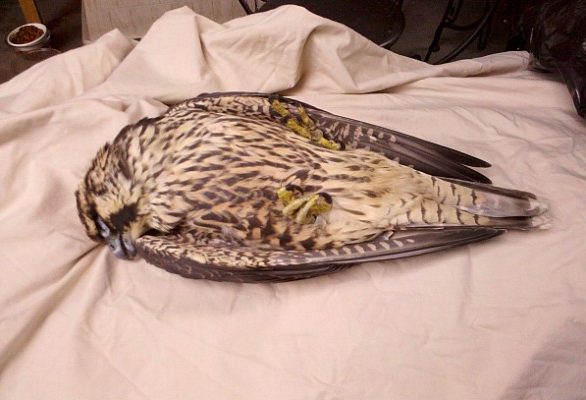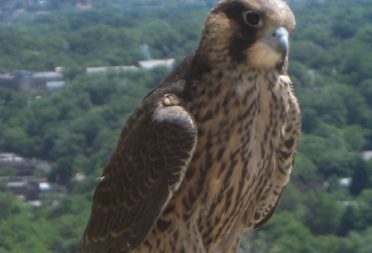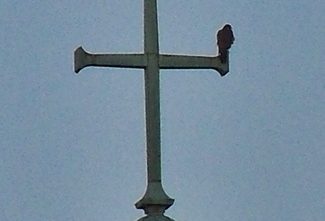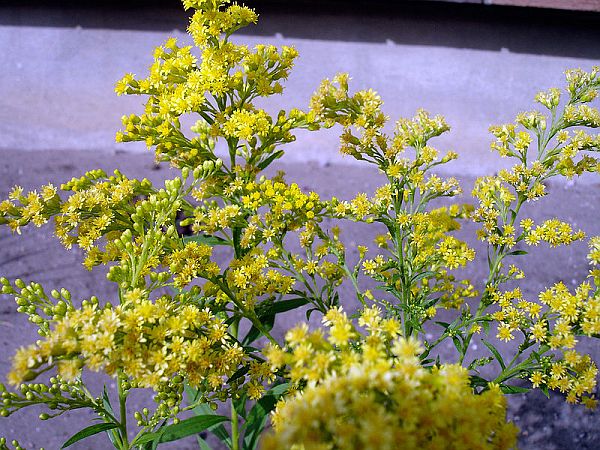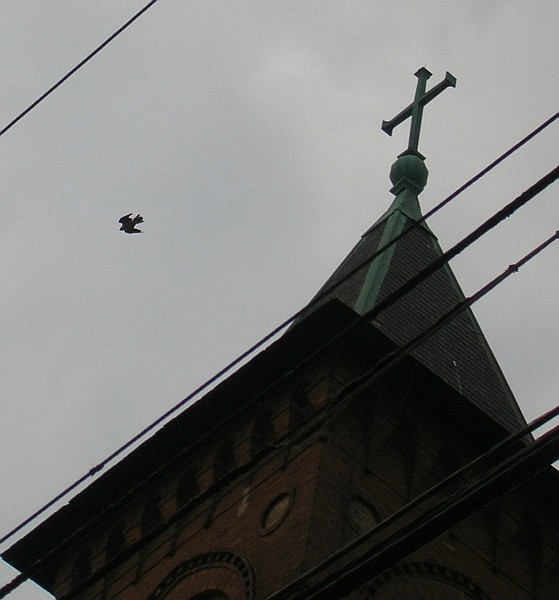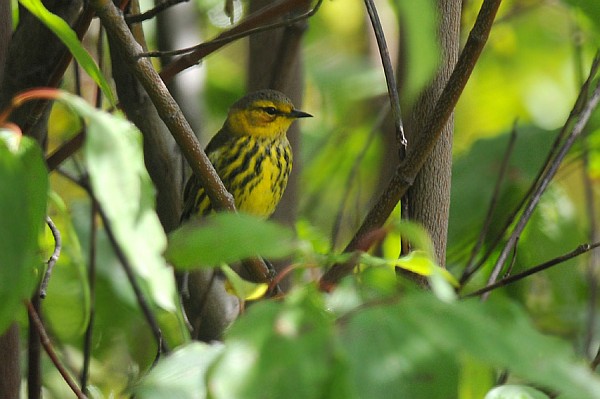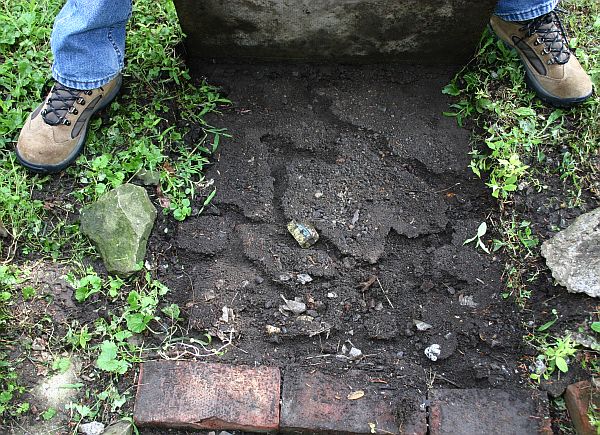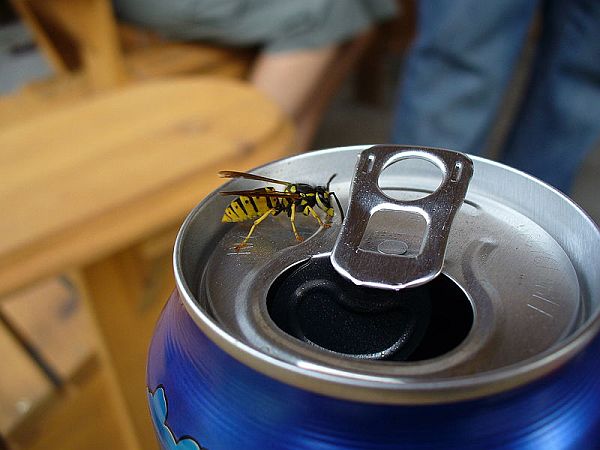
20 September 2011
Watch out! At the end of summer you might find a yellowjacket in your soda can!
All summer long we’ve been able to eat outdoors without being plagued by yellowjacket wasps, but now it’s downright dangerous to put the can to your lips unless you’ve guarded it from these invaders.
Why do they do this?
Yellowjackets are members of the Vespidae family (wasps) who build papery nests underground. Last spring a single fertilized female, the queen, came out of the crevice she hid in all winter. She built a few papery cells underground, laid some eggs, tended the nest and fed the larvae. Within 30 days her eggs became sterile female workers. The colony was born.
From that point forward the queen merely laid “worker” eggs and her growing population of sterile females did all the work. They tended the nest and collected insect prey (meat) to feed the larvae. They weren’t interested in sweets.
But in late summer a change occurs. Instead of sterile worker eggs, the queen lays eggs containing males and fertile females. When they hatch and mature they leave the colony to mate. As soon as that’s done, the queen stops laying eggs and colony social life breaks down. The workers stop tending the remaining larvae and leave the nest to go roaming, looking for sweets — fallen apples and your can of sweet soda.
Yellowjackets are somewhat aggressive but don’t worry they’ll disappear soon. By late fall they will all die and the newly fertilized queens will retreat to their crevices to wait out the winter and restart the cycle next spring.
Coincidentally, we stop eating outdoors by that point so we don’t notice the yellowjackets are gone.
.
p.s. Do you have a yellow jacket story? Leave a comment to share it with us.
(photo from Wikimedia Commons in the public domain. Click on the photo to see the original.)
